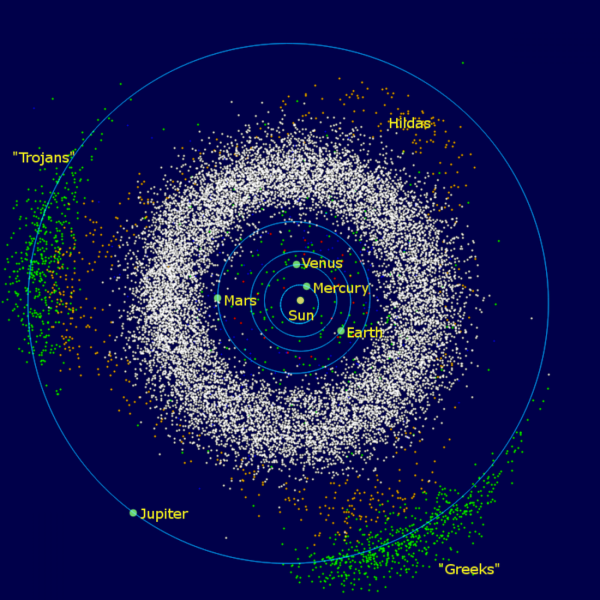Mars Serves As A Cosmic Refresher For Orbiting Asteroids, Helps Explain Why They Appear Redder Than Meteorites
Researchers have discovered that Mars, not Earth, plays a role in “refreshing” near-Earth asteroids. Mars’ gravity causes surface material to shift, exposing fresh material, which explains the color variation that was previously observed by researchers.

According to researchers from the Massachusetts Institute of Technology, asteroids within the asteroid belt located between Mars and Jupiter are redder than asteroids that fall to Earth, also known as meteorites. The mystery surrounding this color variation was believed to have been caused by cosmic radiation altering the surface material of asteroids. The near-Earth asteroids were affected by the planet’s gravity, causing fresh material, which was not reddened by cosmic radiation, to come to the surface.
In a new review of 60 recently “refreshed” asteroids, researchers discovered Mars also plays a role in shaking up the surface material. The research, published in the journal Icarus, found that of the 60 asteroids, 10 percent did not orbit around Earth, which indicates Mars played a role in refreshing these space objects. MIT researcher Francesca DeMeo said in a statement, “We don’t think Earth is the only major driver anymore, and it opens our minds to the possibility that there are other things happening in the solar system causing these asteroids to be refreshed.”
Mars is much smaller than Earth, with a weaker gravitational pull, notes MIT, which may have explained why researchers had ruled out the red planet from greatly influencing asteroids. The weak gravitational pull may be countered by the planet’s advantageous position right next to the asteroid belt. The researchers also ruled out the possibility of other factors, such as the sun causing an asteroid to spin fast enough to shake up surface material, and isolated Mars as the reason for refreshing 10 percent of asteroids. As noted by MIT, there are 300,000 asteroids that have been observed, with 10,000 identified as near-Earth asteroids.
Researchers are looking at other objects that influence, or weather, asteroids. Venus may be another candidate as it has a larger mass than Mars, with a slightly lower mass than Earth’s, and its gravitational pull could refresh orbiting asteroids.
© Copyright IBTimes 2025. All rights reserved.






















